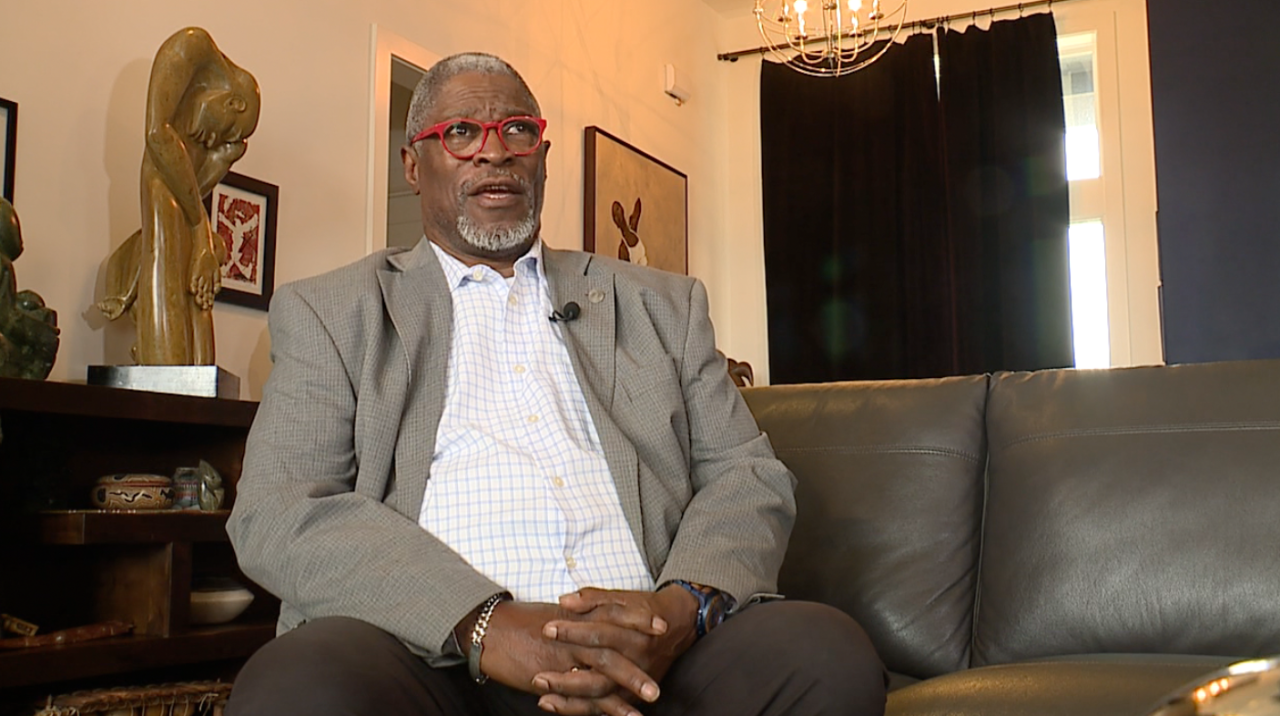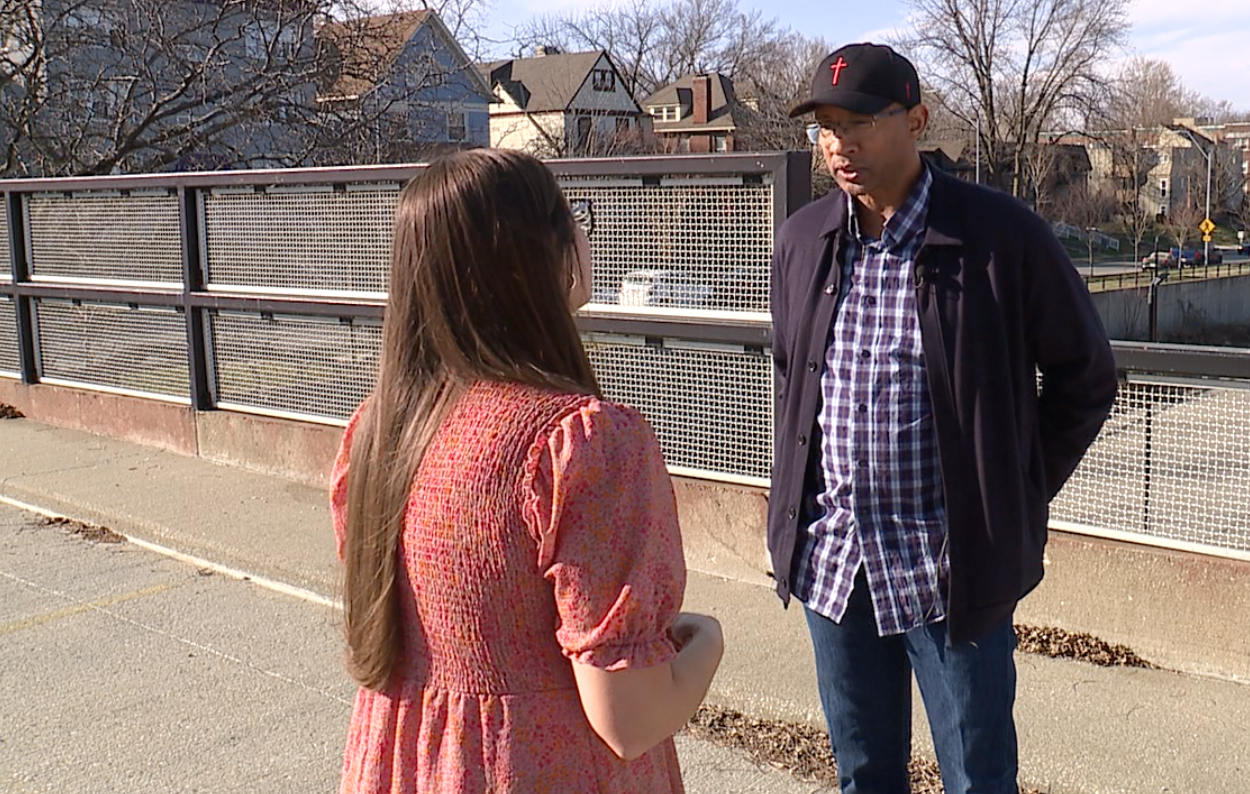KANSAS CITY, Mo. — Kansas City is bringing back an old program known as focused deterrence to reduce homicides, hoping to see sustained improvements.
"Everyone wants to do a rally, a prayer vigil,” community activist Pat Clarke said at a recent homicide scene. “I'm trying to figure out which one of those are working."
Focused deterrence was implemented around 2012 under KC NoVA, the No Violence Alliance. The method has a few key elements: Identifying a problem and bad actors, offering support, and if that support isn’t taken, using law enforcement to follow through.

Before the idea was implemented around 2012, Kansas City saw homicide rates of more than 100 per year. Leaders credit that record low number to focused deterrence.
The NoVA model is the basis for a new initiative, SAVE KC. This iteration of the program aims to place a greater importance on community involvement.
Leaders from all facets of the city make up the SAVE KC board, including those doing violence prevention work.
Larry Wilkins with the Center for Conflict Resolution was at the board’s first meeting.
“Just being transparent with the community as much as possible of what this looks like,” said Wilkins. “This is not just us coming into your neighborhoods, arresting people, trying to destroy people’s lives because that is the narrative that can be created very quick.”

Some of the Kansas City Police Department’s highest ranking officers see the tactic as a new way of life.
“It shouldn’t even be just a program. This is a new way of doing business,” KCPD Deputy Chief Joseph Mabin said. “It’s something that needs to carry forward and it needs to be baked into everything that we do.”
When I looked back at our coverage of NoVA’s a decade ago, it was heavily focused on enforcement.

Police rounded up violent offenders who didn’t want to leave their way of life behind after leaders brought them in to hear their message.
KC NoVA asked people who were linked to offenders to listen to their message and take social service support, which is referred to as a call-in.
“This is your opportunity. Take the change we are offering you. If you don’t, there will be consequences,” Jackson County Prosecuting Attorney Jean Peters Baker said at a 2014 call-in.
The tactic worked for a while. As leadership changed, the program fell apart and so did its success.

Those who were close to the NoVA program said when each department and service works together, there is great success, but the need for teamwork is also its downfall.
Ken Novak is a former NOVA researcher who now works in the private sector.
“Focused deterrence is even more challenging because you have multiple partners involved. All working from different angles, goals, budgets, leadership cycles,” Novack said. “And that’s one of the sustainability issues for focused deterrence.”
I asked former Kansas City Mayor Sly James what he thinks took so long to revisit this idea that had such great success.
VOICE FOR EVERYONE | Share your voice with KSHB 41’s Abby Dodge
"I think the program broke down because of politics and personalities,” James said.

Some people in leadership positions made their way out of city offices, but others still remain.
“I think that there is optimism because many people who are still working in very influential positions saw it work the first time,” Novak said.
James added changes to the program are necessary for sustainability.
“People need to understand public safety is not just about locking people up,” James said. “It’s about preventing the situation from arising.”
One criticism of NoVA was a lack of community involvement. Leaders hope to change that with SAVE KC.

Rev. Darren Faulkner said he is constantly at homicide scenes to comfort the community in some of its worst moments.
Faulkner has been a part of crime reduction conversations for decades, including during the KC NoVA era.
“The community was sort of left out, or an afterthought,” he said. “And I think when the community sees themselves as a part of the strategy that’s working, we will see more buy-in to the strategy that’s being implemented.”
Faulkner said community partners should be a part of every meeting and call in to keep progress moving forward.
He knows firsthand how a simple conversation can change someone's path. By 15, Faulkner had both been shot and shot someone.
He said the call-ins can act as a wake up call.
“The call-ins, if they are done with respect and dignity to those who are called in can be very impactful because it’s a message they wouldn’t otherwise get," Faulkner said.
SAVE KC plans to have its first call-in within the next few weeks.
—




